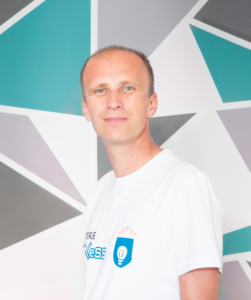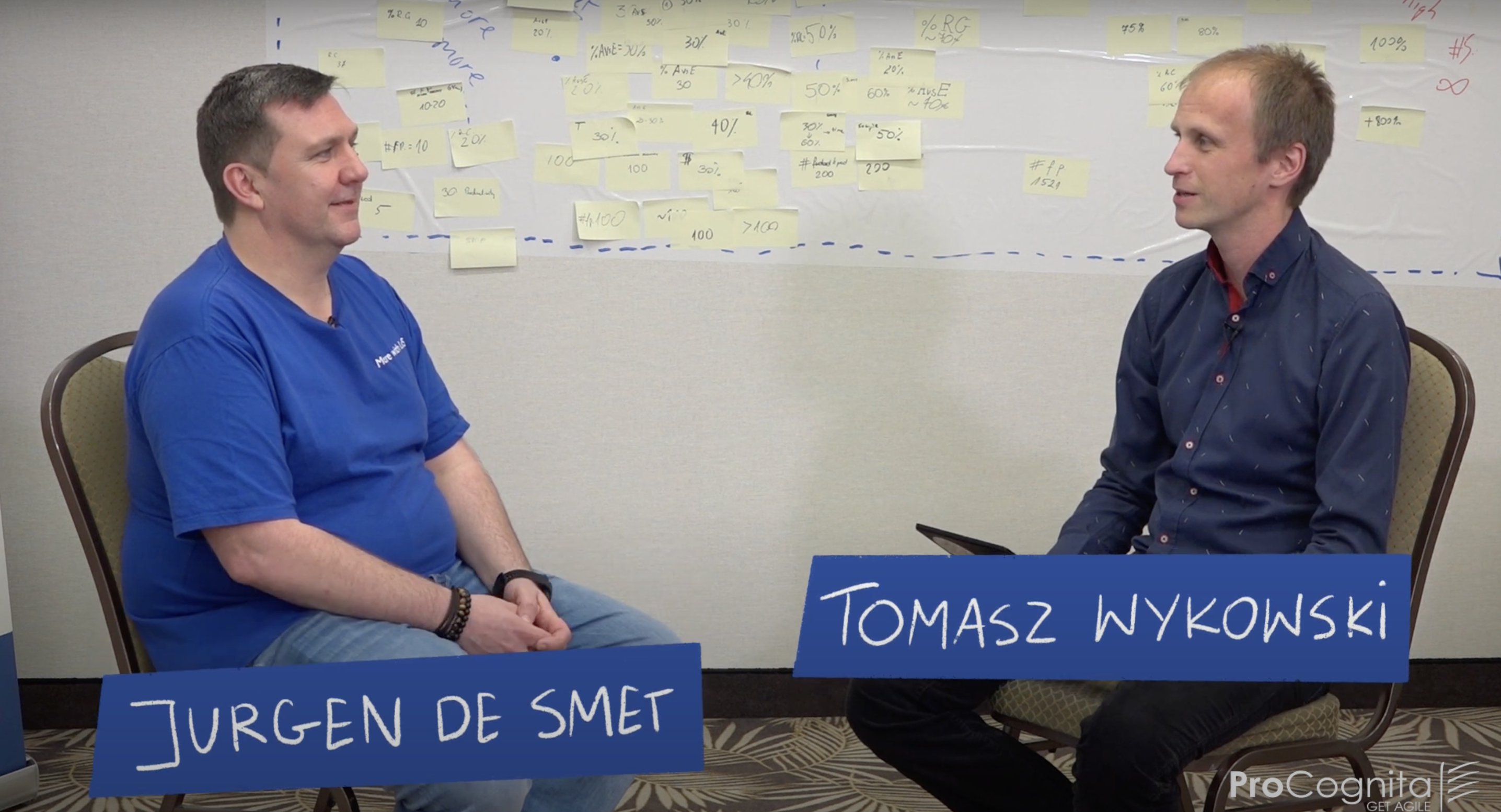
Jurgen De Smet
Chief Simplification Officer. Expert in the design of large ogranizations. He has many years of experience in organizational transformations. As a certified Scrum Trainer and LeSS coach, he helps companies in Europe implement agile methodologies, helping to improve the efficiency and quality of their teams.

Tomasz Wykowski
The only Polish Certified Scrum Trainer, CST accredited by Scrum Alliance and LeSS-Friendly Scrum Trainer accredited by LeSS Company with over 20 years of experience in the IT industry. He specializes in digital transformations, helping organizations around the world successfully implement improvements. As an inspirational speaker and author, Tomasz is committed to developing leaders and teams, promoting a culture of innovation and continuous improvement.

Get Agile Podcast
Interested in expert opinions, looking for inspiration?
Check out our #GetAgile podcast
Listen to us on: YouTube | Spotify | Apple Podcast


